Are you planning your next outdoor adventure and wondering how to choose the right tent? Whether you're a seasoned camper or a first-time explorer, selecting the perfect outdoor tent is crucial for a comfortable and enjoyable experience. In this comprehensive guide, we'll walk you through 10 key factors to consider when choosing your ideal outdoor tent.
Factor 1: Tent Capacity
Tent manufacturers label their tents with sleep capacity, such as 2-person or 4-person. However, these ratings often assume a tight fit with little room for gear. To choose the right size tent for your needs, follow these guidelines:
- Add 1-2 people to your group size for comfort. If you're a couple, consider a 3-person tent.
- Think about how much gear you'll need to store inside the tent. More gear means you'll need more space.
- Decide if you want extra room for comfort or prefer a smaller, lighter tent for backpacking.
It's usually better to have slightly too much space than not enough. A larger tent can make your camping experience more enjoyable, especially in bad weather when you might spend more time inside.
Factor 2: Seasonality
Tents are built to handle different weather conditions. Choosing the right type for your trips is important for your comfort and safety.
3-Season Tents
These tents are best for spring, summer, and fall. They're light and have good airflow. While they can cope with light snow and mild winds, they're not made for harsh winter conditions.
4-Season Tents
Made for use all year, including harsh winters, these tents are stronger and heavier than 3-season tents. They have less airflow but can handle heavy snow and strong winds. Choose this type if you plan to camp in severe weather.
Convertible Tents
These versatile tents can be adjusted for different seasons. They often have parts you can remove or vents you can adjust. This type is good if you camp in varying conditions throughout the year.
When choosing a tent, think about where and when you'll be camping. Pick a tent that can handle the weather you expect to face on your trips. This will help ensure you stay comfortable and safe outdoors.

Factor 3: Weight and Portability
The weight of your tent matters differently depending on how you camp. Backpackers need to count every ounce, while car campers can be more flexible.
1. Backpacking Tents
Backpacking tents usually weigh 1-4 pounds per person. They often use very light materials like silnylon or Dyneema Composite Fabric. These tents might not be as durable or have as many features as heavier tents, but they're easier to carry on long hikes.
2. Car Camping Tents
Car camping tents can weigh 10-20 pounds or more. They're often made with thicker materials, like B3 mesh fabric, and have more space inside. These tents focus on comfort and extra features rather than being lightweight, since you don't have to carry them far.
New tent designs and materials have made tents in all categories lighter than before. When choosing your tent, look at the newest options to find a good balance of weight and features that fits your needs.
The right tent weight for you depends on how you plan to use it. Think about whether you'll be carrying your tent long distances or just from your car to a nearby campsite.
Factor 4: Setup and Ease of Use
Setting up your tent can affect your camping experience, especially in bad weather or after a long hike. Here are the main types of tents based on setup:
1. Freestanding Tents
These tents can be set up without stakes, which is great for rocky ground. You can also move them easily after they're set up. They're usually easier to use but might be a bit heavier.
2. Non-Freestanding Tents
These need stakes or trekking poles to stand up. They're often lighter than freestanding tents, but can be harder to set up. They work well if you're trying to save weight in your backpack.
3. Instant Tents
These have poles already attached, so they set up very quickly. They're great for car camping but tend to be heavier. If speed is your priority, these could be a good choice.
No matter which type you choose, practice setting up your tent at home before your trip. This helps you learn how it works and make sure you have all the parts. Being familiar with your tent will make your camping trip much smoother.
Factor 5: Material and Durability
The materials used to make your tent affect how heavy it is, how long it lasts, and how well it stands up to weather. Here are the main types of tent materials:
1. Nylon
Nylon tents are light and dry quickly. However, they don't last as long as tents made from other materials.
2. Polyester
Polyester tents handle sun damage better and don't stretch as much when wet. They're a bit heavier than nylon tents.
3. Canvas
Canvas tents are very strong and let air flow well. But they're heavy and take a long time to dry when wet.
4. B3 Mesh Fabric
B3 mesh fabric is a modern, innovative material that offers excellent breathability and insect protection. It's lightweight, durable, and quick-drying, making it ideal for tent bodies. However, it's often used in combination with other materials for full weather protection.
When looking at how durable a tent is, check the fabric's thickness (called denier) and the quality of the poles, zippers, and other parts. Thicker fabric and better-quality parts usually mean a tent that will last longer.
Each material has its pros and cons. Think about what's most important for your camping needs when choosing a tent material.
Factor 6: Weather Resistance
Your tent's ability to protect you from different weather conditions is key for your comfort and safety. Here's what to look for in a weather-resistant tent:
1. Waterproofing
A good tent should have a waterproof rainfly that goes all the way to the ground. The seams should be sealed to keep water out.
2. Wind Resistance
Look for tents with strong poles that can stand up to wind pressure. This helps your tent stay up in stormy weather.
3. Sun Protection
Choose a tent with fabric that resists UV damage. This keeps your tent from wearing out quickly in sunny conditions.
Keep in mind that even high-quality tents may need extra waterproofing treatments as time goes on. This helps them stay weather-resistant for longer.
Factor 7: Ventilation and Condensation Management
Good airflow in your tent keeps you comfortable and helps prevent moisture buildup inside. Here's what to look for:
1. Mesh Panels
Tents with mesh panels let air move freely. This helps keep the inside of your tent fresh.
2. Multiple Openings
Look for tents with more than one door or window. These allow air to flow through the tent, which helps control the temperature inside.
3. Roof Vents
Vents at the top of the tent let warm, moist air escape. This is important because it helps reduce condensation.
A well-ventilated tent can make a big difference in how enjoyable your camping trip is, especially in warm or humid weather.

Factor 8: Interior Space and Layout
The way your tent is laid out inside can make a big difference in how comfortable you are. Here's what to think about:
1. Floor Space
Check how much floor space the tent has. This tells you how many people can sleep comfortably inside.
2. Ceiling Height
Look at how tall the tent is at its highest point. This is especially important if you're tall or like to stand up in your tent.
3. Storage Areas
See if the tent has vestibules (covered areas outside the main tent) for storing gear. Also, check for pockets and gear lofts inside for organizing smaller items.
Some tents have multiple rooms, which can be great for families or groups who want separate spaces. Others have straight walls instead of sloping ones, which can make the inside feel bigger.
A tent that feels spacious and well-organized can make your camping trip much more enjoyable, especially if you're staying for more than a night or two.

Factor 9: Additional Features and Accessories
Some tents come with additional features that can make your camping trip easier or more comfortable. Here are some useful extras to look for:
1. Multiple Doors
Tents with more than one door make it easier to get in and out, especially if you're camping with others.
2. Safety Features
Look for reflective guy lines, which help you see your tent at night. This can prevent tripping accidents.
3. Floor Protection
A footprint is an extra layer that goes under your tent to protect the floor from wear and tear.
Remember to think about buying some accessories too, like extra stakes and a repair kit. These can help you handle unexpected situations during your trip.
Factor 10: Budget and Value
Tent prices can range from under $100 to over $1000, so it's important to balance your budget with the features and quality you need.
Tips for finding the best value:
- Prioritize features based on your specific needs
- Consider last year's models for potential discounts
- Look for sales during off-season periods
- Read reviews from trusted sources and experienced campers
The right tent for you balances cost with quality and features. It's often worth spending a bit more to get a tent that will keep you comfortable and last for many camping trips.
Make Your Tent Choice Count
Picking the right tent means thinking about these 10 factors: size, season, weight, setup, materials, weather protection, airflow, layout, extra features, and cost. Consider how each relates to your camping style. The perfect tent for you will fit your needs and make your outdoor trips more enjoyable. Take your time to research and ask for advice if needed. With the right tent, you'll be ready for many great adventures in nature.

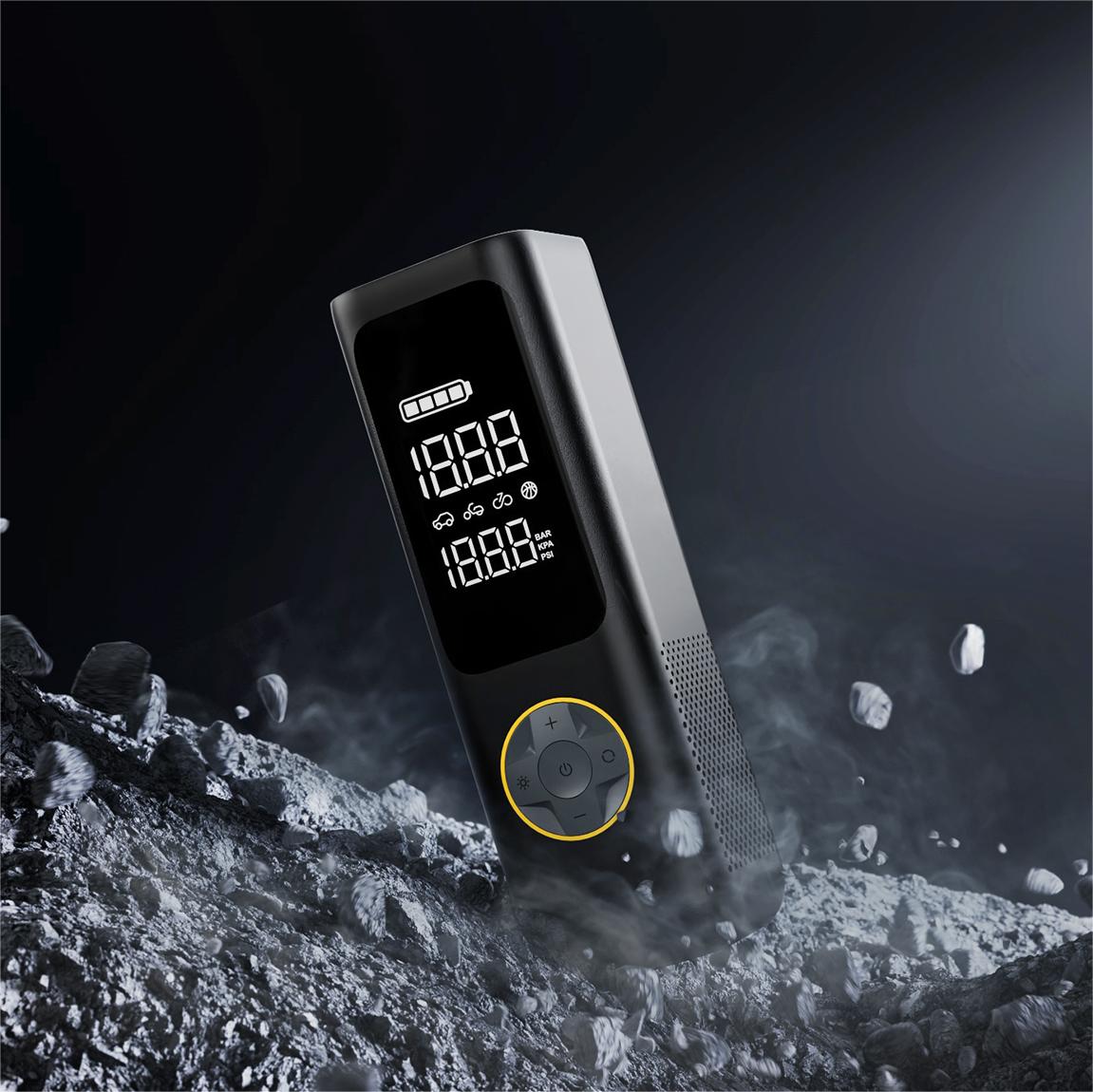

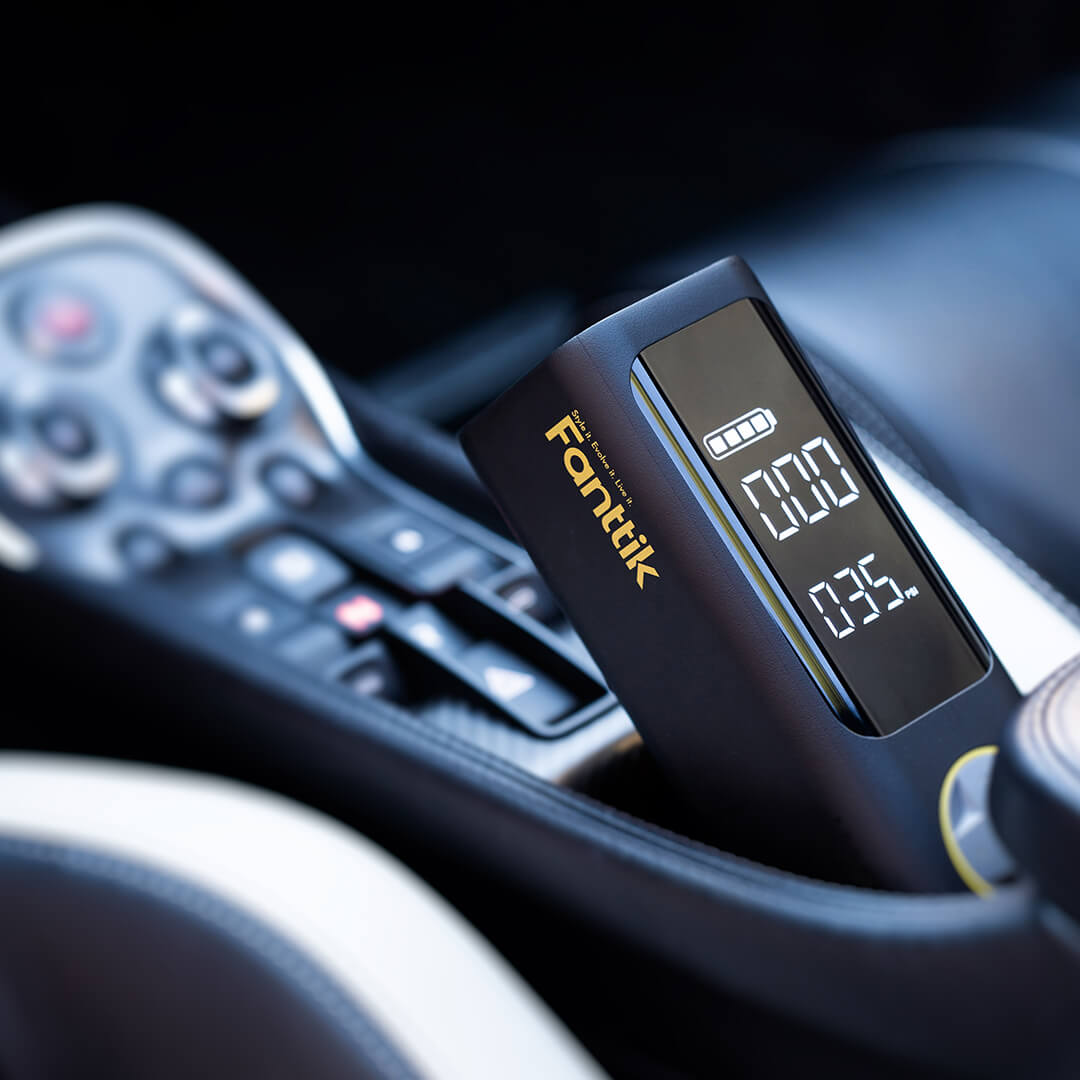
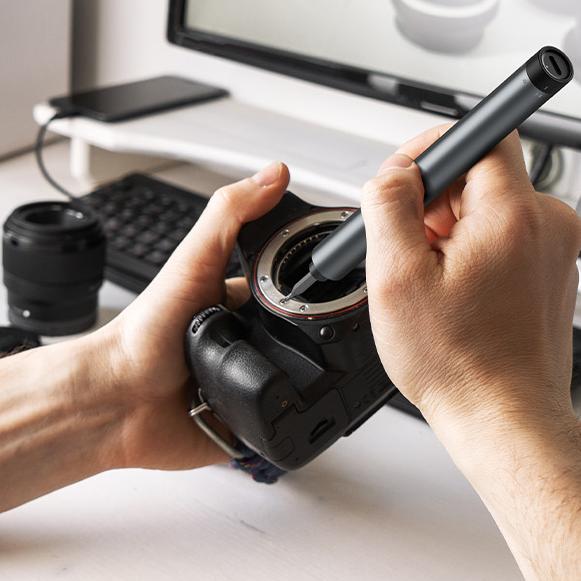

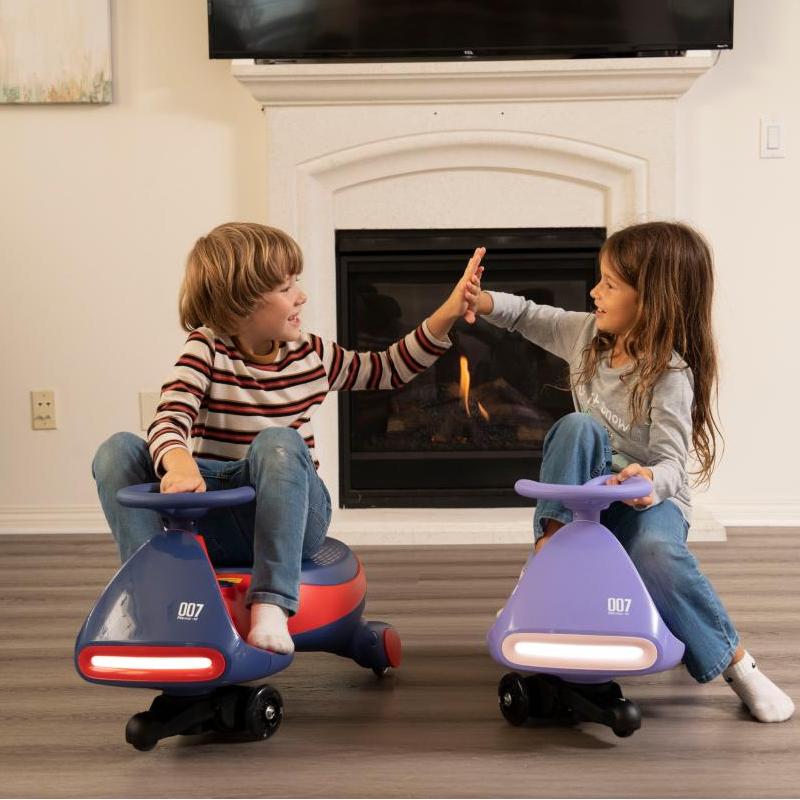
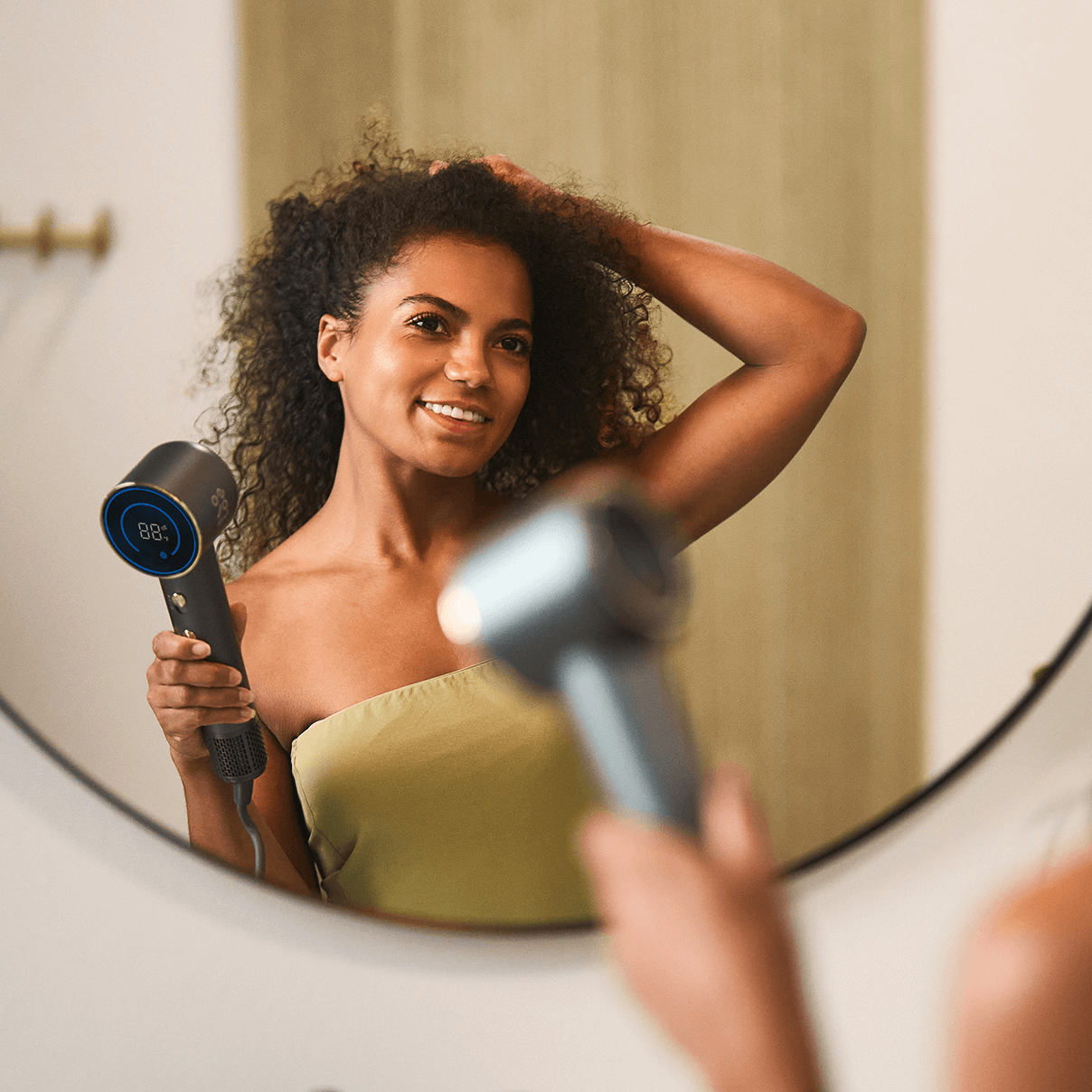
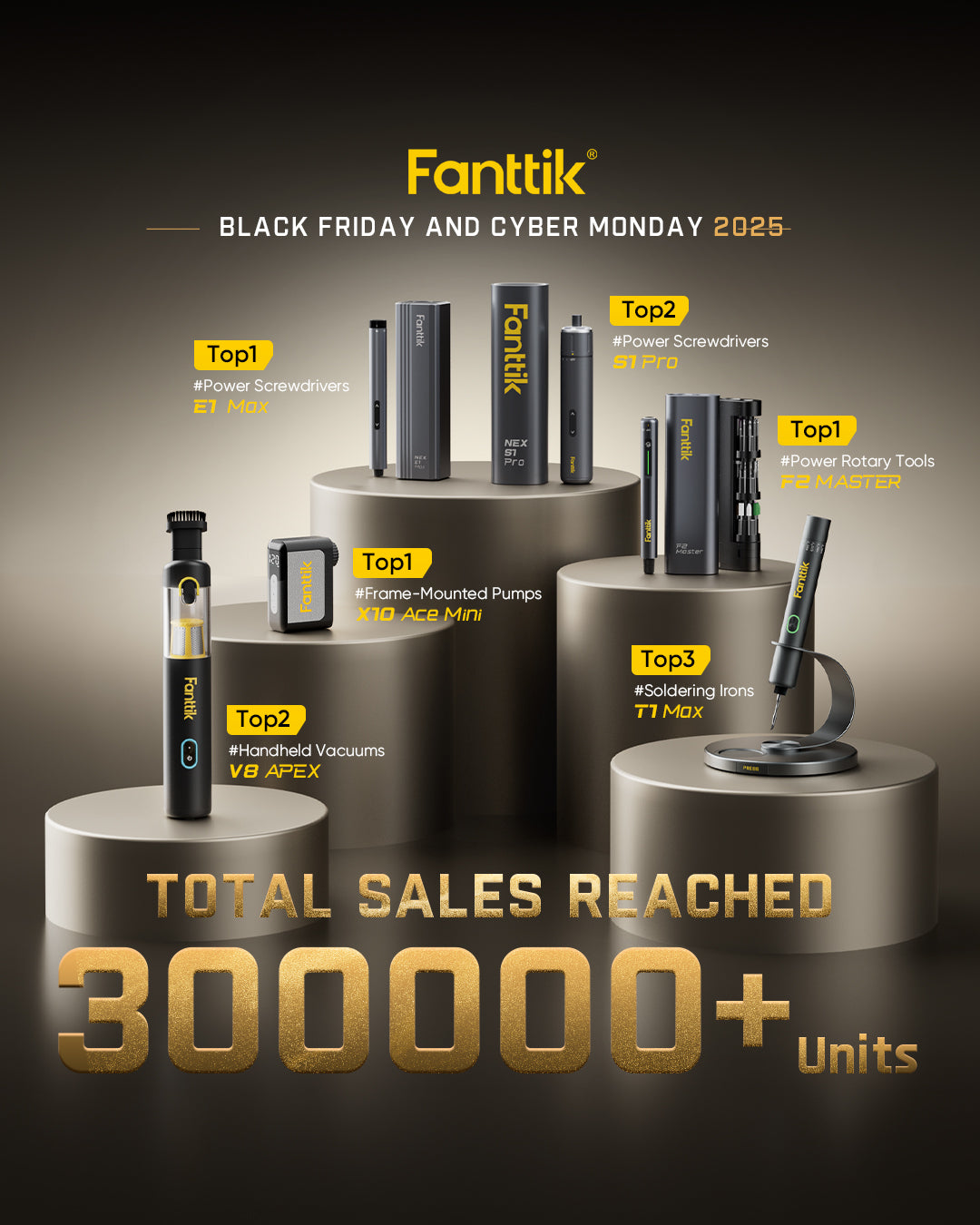
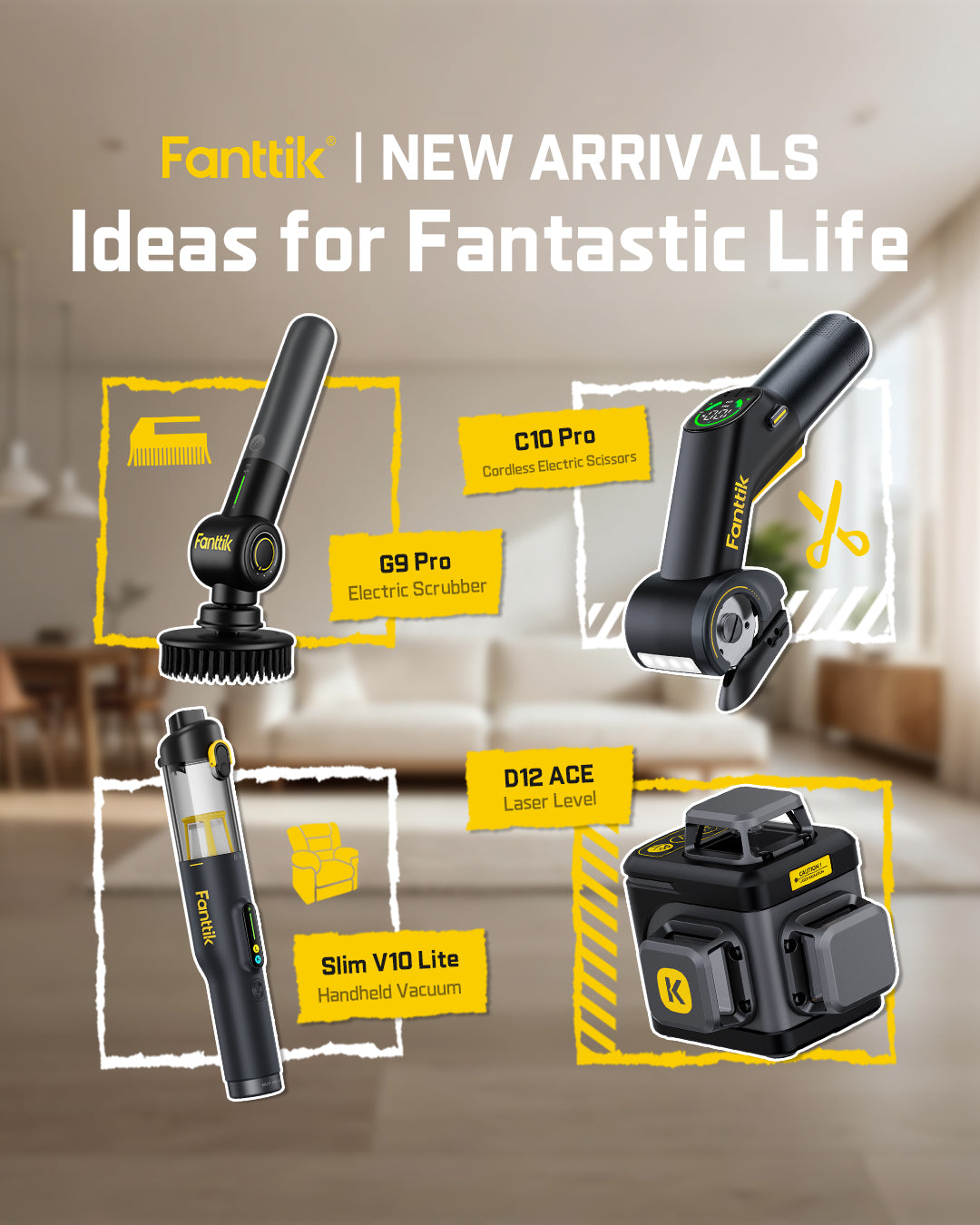
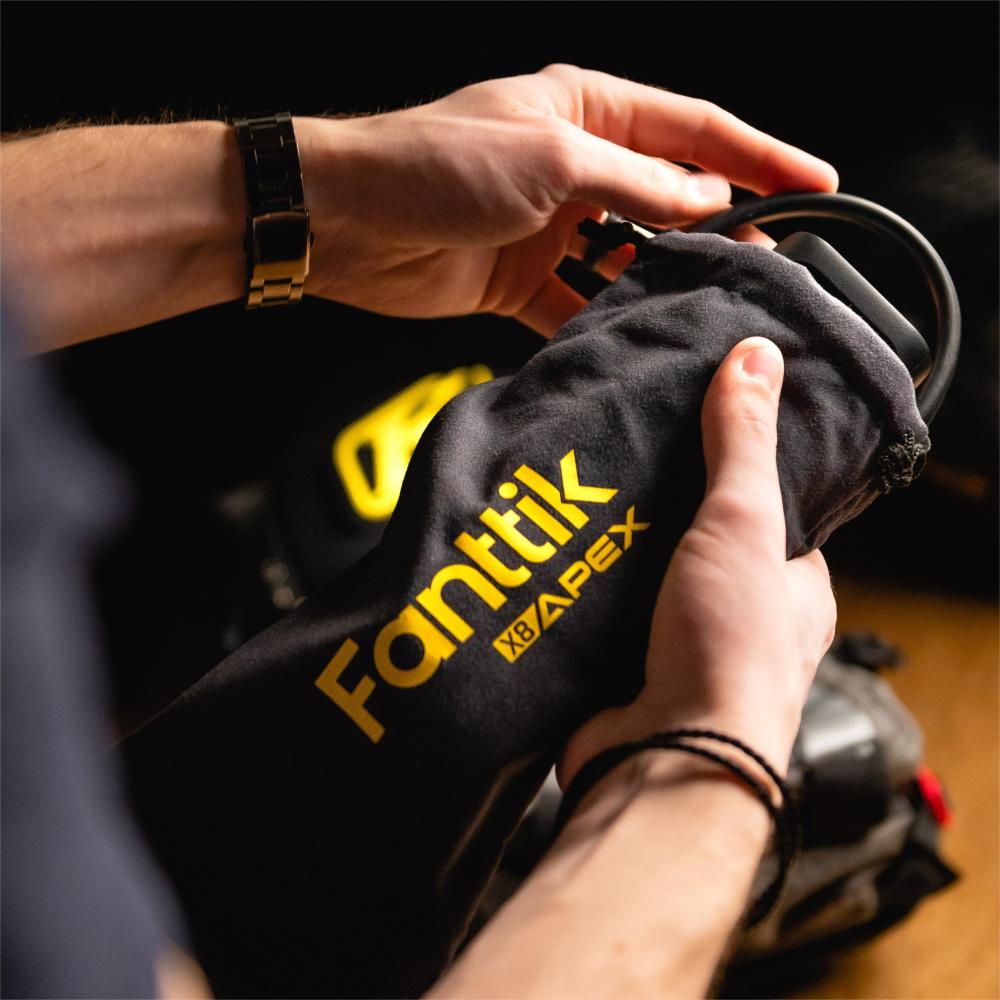
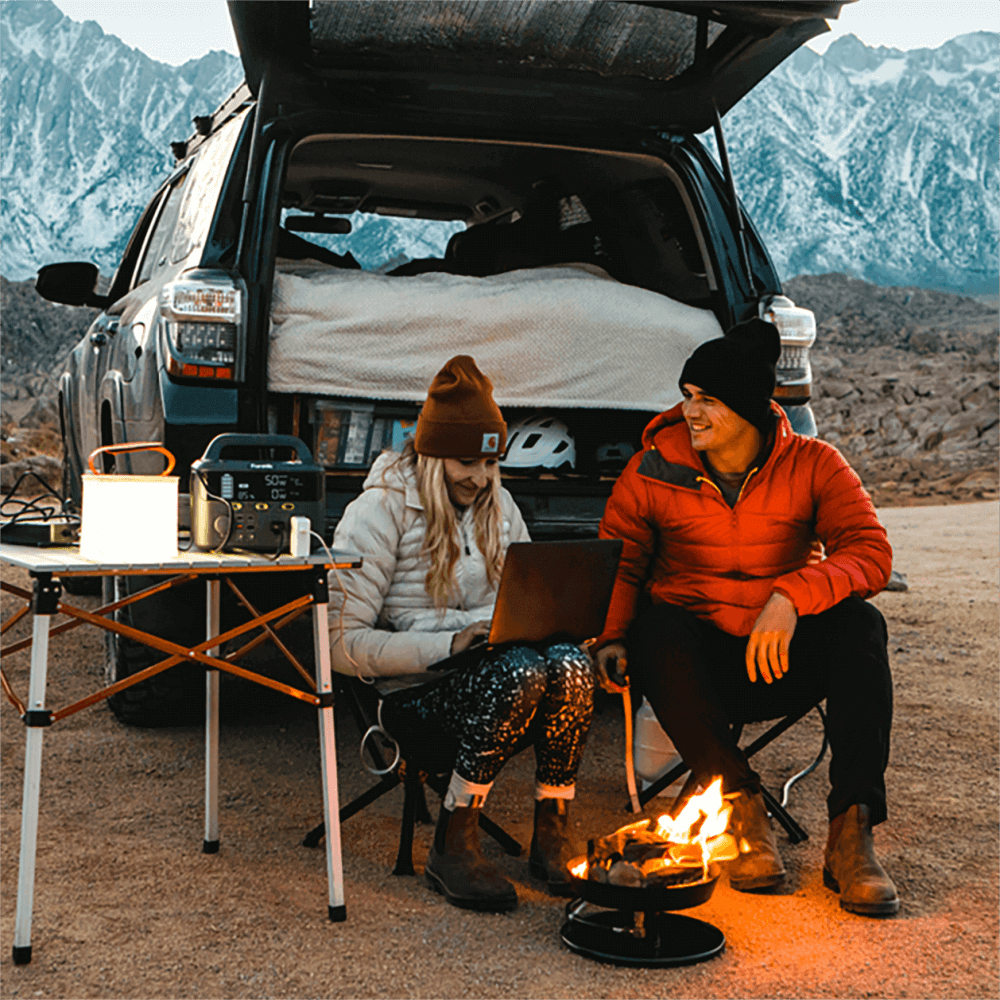
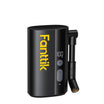
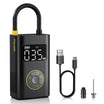

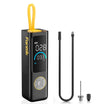
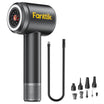
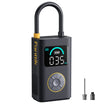


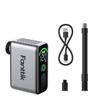
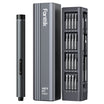
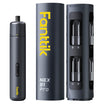

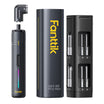
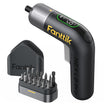
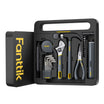
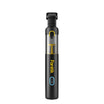
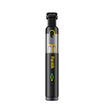
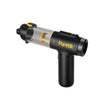
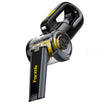
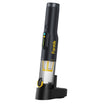
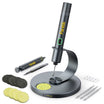
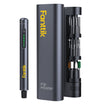
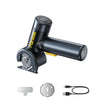
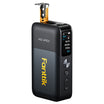
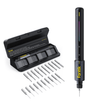
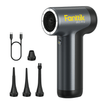
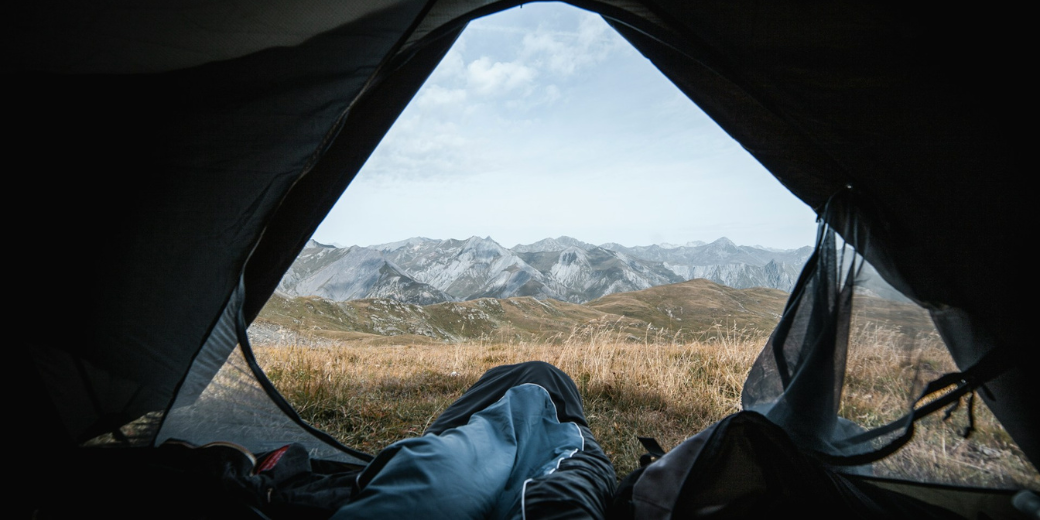
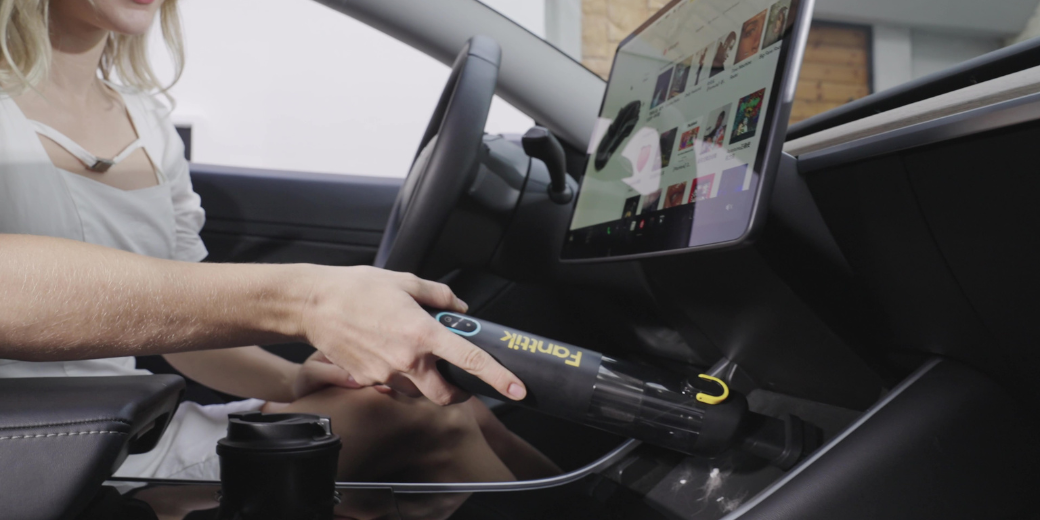
Leave a comment
All comments are moderated before being published.
This site is protected by hCaptcha and the hCaptcha Privacy Policy and Terms of Service apply.